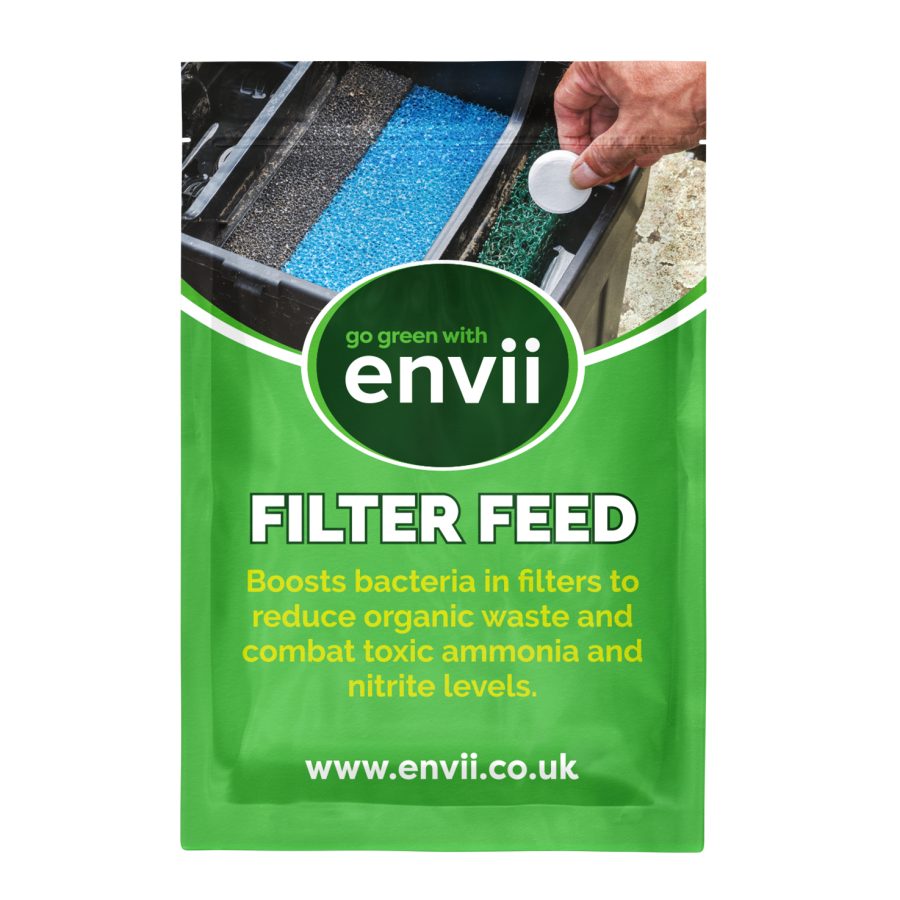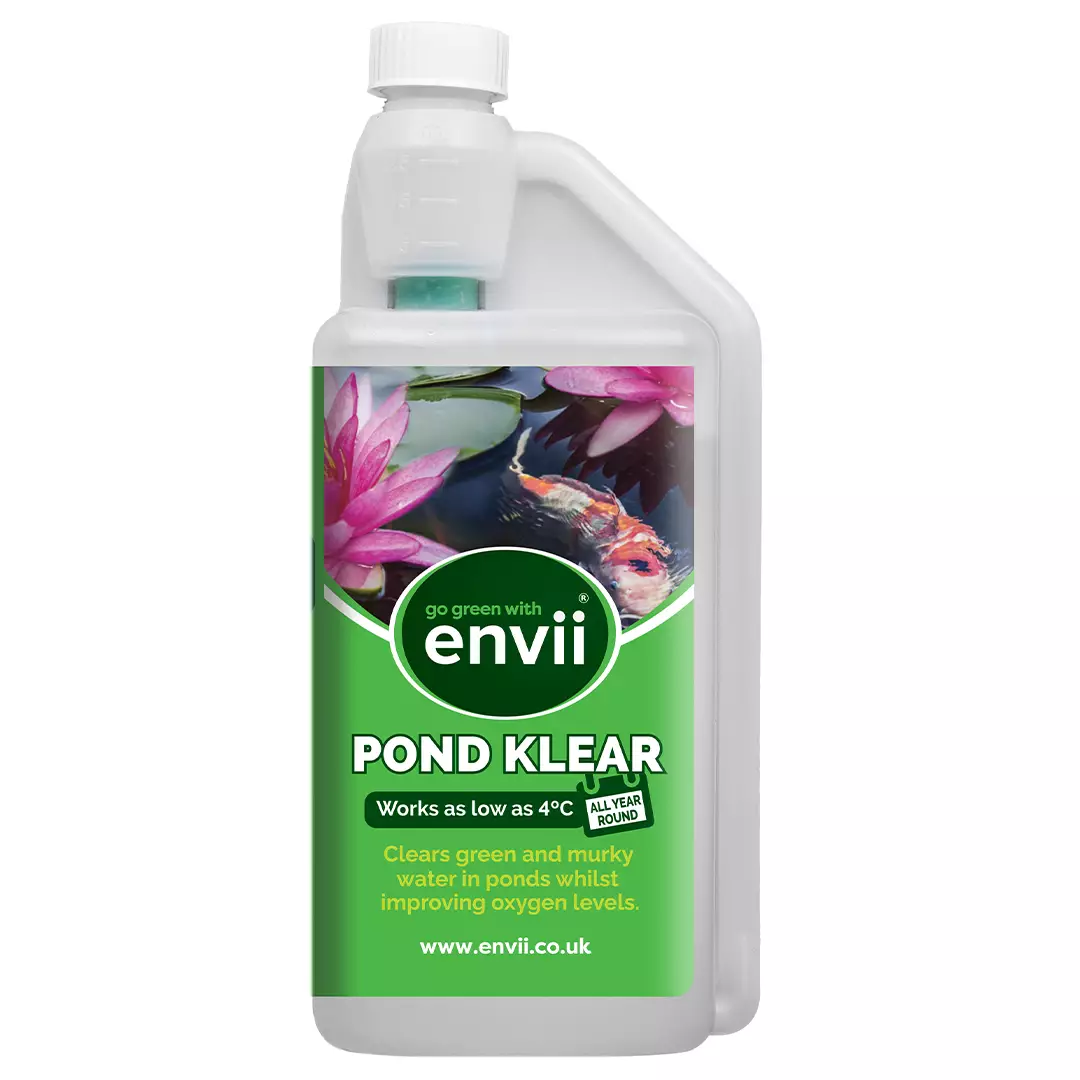Behind every healthy pond is a great Envii pond product and a good filter system. Pond filters are essential devices to achieve the perfect water garden system. The purpose a pond filter is to remove algae and debris, such as leaves, waste and other organics from the pond. Keeping the water healthy and clear. Without a filter, ponds are at risk of suffering from water parameter imbalances and algae problems.
However, one size doesn’t fit all. It’s important to consider the most appropriate filter for a pond. Large ponds or pond with a large stock of fish will need a filter system that is big enough to accommodate the requirements of clarifying the water. Otherwise, algae will continue to be a problem because the filter can’t meet the demands of the pond. This blog will explain the key mechanisms to help you better understand the different stages to the process of filtration within a pond.
Types of Pond Filters
There are three main types of filters that can be found or used in ponds. They are mechanical filters, biological filters or UV filters. UV filters are more formally known as ultra violet clarifiers.
Mechanical filters remove debris visible to the naked eye such as leaves and clumps of algae, while biological filters work to improve water quality by allowing beneficial bacteria to grow to remove algae causing nutrients. Mechanical and biological filters can often be found within the same filtration system. Meanwhile, UV filters work within their own filtration system. In quite the opposite way, UV filters work by killing off both bad (and unfortunately beneficial bacteria also) through ultraviolet light, in an attempt to tackle algae.
Here’s a more detailed breakdown of each type of pond filtration system:
Mechanical Filters
Mechanical pond filters are the first point of improving pond water clarity. They physically collect and remove unwanted materials from the pond. Such as leaves, uneaten food, fish waste and other organics.
Mechanical filtration media come in various forms such as filter brushes, sponges, vortex and more. Vortex filtration is less popular than most. That’s because this method relies on specific water flow angles to collect waste materials into a chamber.
Mechanical filters are crucial. Every garden pond system should have an aspect of mechanical filtration as a bare minimum. Some people would argue that mechanical filters are the first point of improving water quality because they help reduce the workload of biological filters.
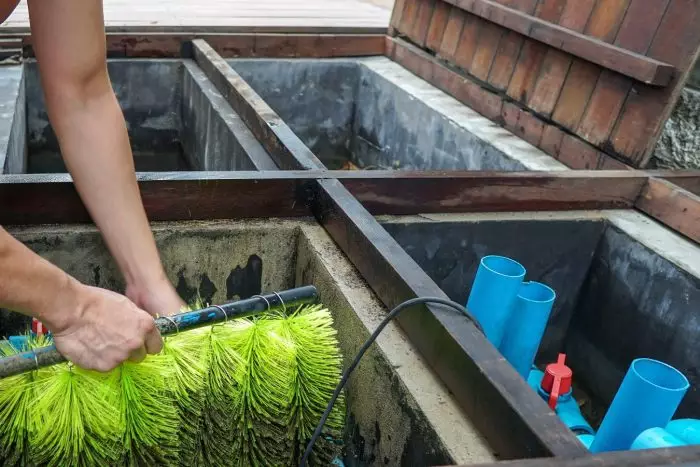
Biological Filters
Like mechanical filters, the biological filtration stage also contains media known as biological media. These typically consist of small pieces of plastic, bio-balls or many other small objects which act as a huge surface area for bacteria to colonise and grow.
The beneficial bacteria digest pond nutrients caused by fish and waste, that are not invisible to the naked eye. Through digesting these organics, the bacteria break down the ammonia and nitrites contents within a pond. Providing a healthier and clearer environment for fish to live.
Biological filtration is the most important process of pond clarification. It determines to some extent how well pond products will work to clear green water.
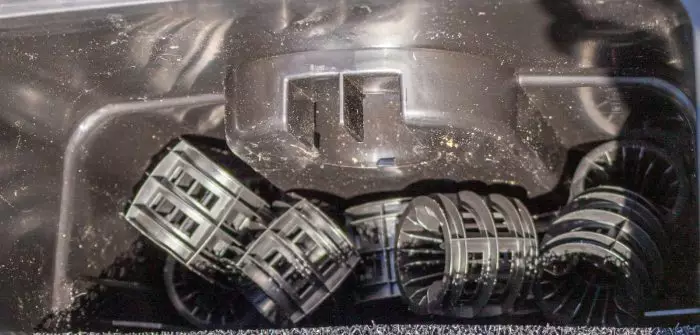
The most effective pond filter system applies both a mechanical and biological process to maximise the efficiency of beneficial bacteria.
UV Filters
Or, ultraviolet clarifiers, are light systems used to control green pond water cause by algae. They work by sterilising pond water of all microorganisms. With the aim of killing off algae. However, UV rays don’t discriminate and kill also kill off bad AND beneficial bacteria. While envii pond product use bacteria which are somewhat resistant to ultraviolet light, there are some things to consider before relying on pond UV lights.
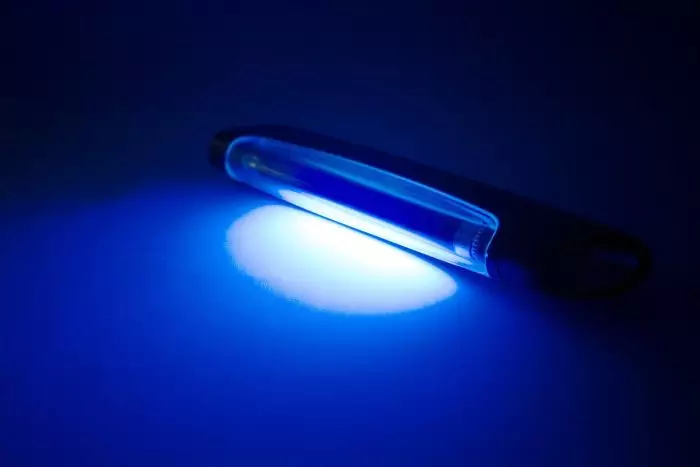
Looking to increase the beneficial bacteria in your pond filters? Envii Filter Feed contains billions of beneficial bacteria that ensures your pond filters are working efficiently. A healthy filtration system leads to clear, healthy pond water.
That isn’t the end of the story…
Watch this video to learn why it’s important to clean your pond filter regularly:
Related Products
-

Envii Filter Feed
£14.99Use beneficial bacteria to clean filters and remove nitrites.Add to Basket -

Envii Pond Klear
£9.99Clears green pond water and prevents algae.Add to Basket

 Call us on 01246 240880
Call us on 01246 240880 Sign-up and receive 10% off
Sign-up and receive 10% off
